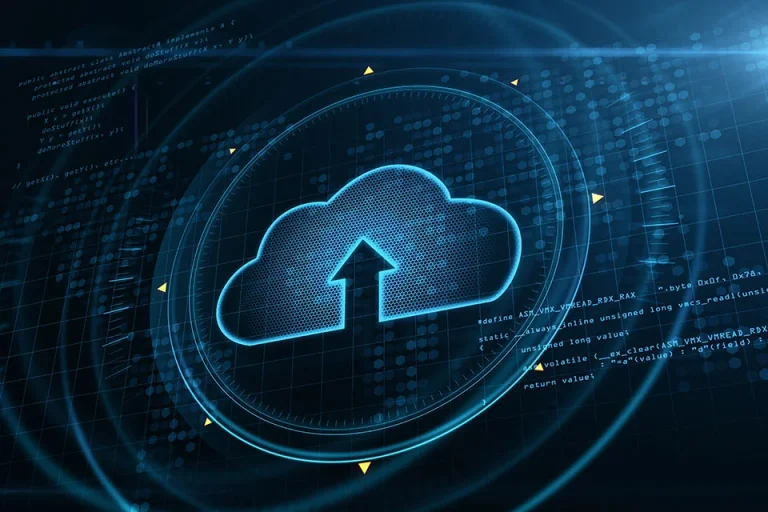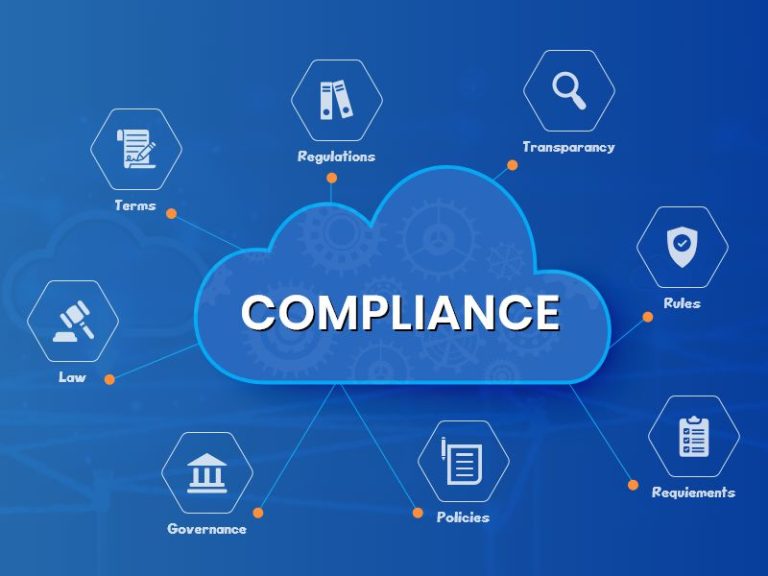
Organizations running large and sophisticated IT systems give disaster recovery first priority. Maintaining operational stability depends mostly on guaranteeing business continuity, reducing downtime, and safeguarding enormous amounts of data. By providing strong, scalable, and simple-to-use solutions catered to fit the needs of big-scale infrastructure, Veeam significantly helps to simplify disaster recovery plans.
Centralized Management for Complex Environments
Without a single platform, managing disaster recovery among several data centers, online settings, and remote sites can be taxing. From one interface, a centralized approach lets IT teams coordinate, monitor, and automate recovery chores. During crises, this simplification improves visibility, lowers human mistake risk, and speeds decision-making. A solid disaster recovery strategy depends on exact coordination; a unified dashboard helps teams to manage crises with more effectiveness.

Automation and Orchestration for Speed and Accuracy
During catastrophe recovery, time is of the critical nature. Many times, manual interventions result in delays and discrepancies. Automated orchestration guarantees that, doing failover, retry, and testing with minimum manual input, recovery processes follow predefined protocols. Automated recovery plans also make routine testing more practical, thereby allowing companies to routinely confirm their recovery capacity. This great degree of consistency helps to guarantee that the infrastructure can resist actual disturbances without sacrificing important processes.
Scalability to Match Infrastructure Growth
Large companies see an ongoing increase in data and system complexity. A good disaster recovery plan has to expand with this increase. Veeam provides versatility by supporting virtual, physical, and cloud-based systems, among other platforms. Its design lets one expand without sacrificing manageability or performance. Scalable disaster recovery solutions provide future-proofing of the whole IT ecosystem regardless of the hybrid environments or multi-cloud approaches companies are using.
Increased Safety and Compliance Support
Constant challenges for IT departments are security breaches and regulatory compliance. Strong data security, encryption, and access limitations have to be part of a good disaster recovery strategy. It should also encourage industry standards and rule compliance. Reliable recovery features guarantee that, even in the presence of natural disasters or cyberattacks, sensitive data stays secure and recoverable. Not only does meeting compliance criteria lower legal risks, but it also helps customers and stakeholders to develop confidence.
Large-scale IT systems’ disaster recovery calls for strong solutions able to manage complexity, size, and speed without compromising security. Organizations can protect their operations against disturbance by means of centralized management, automation, scalability, and robust compliance support. Solutions such as Veeam enable companies to approach catastrophe recovery with confidence, therefore guaranteeing their resilience independent of the size of the obstacle.







